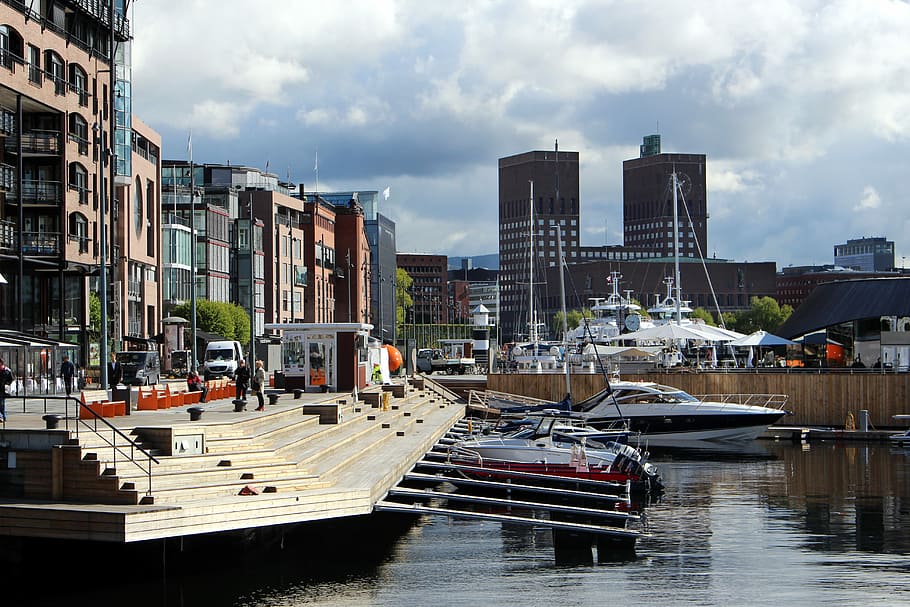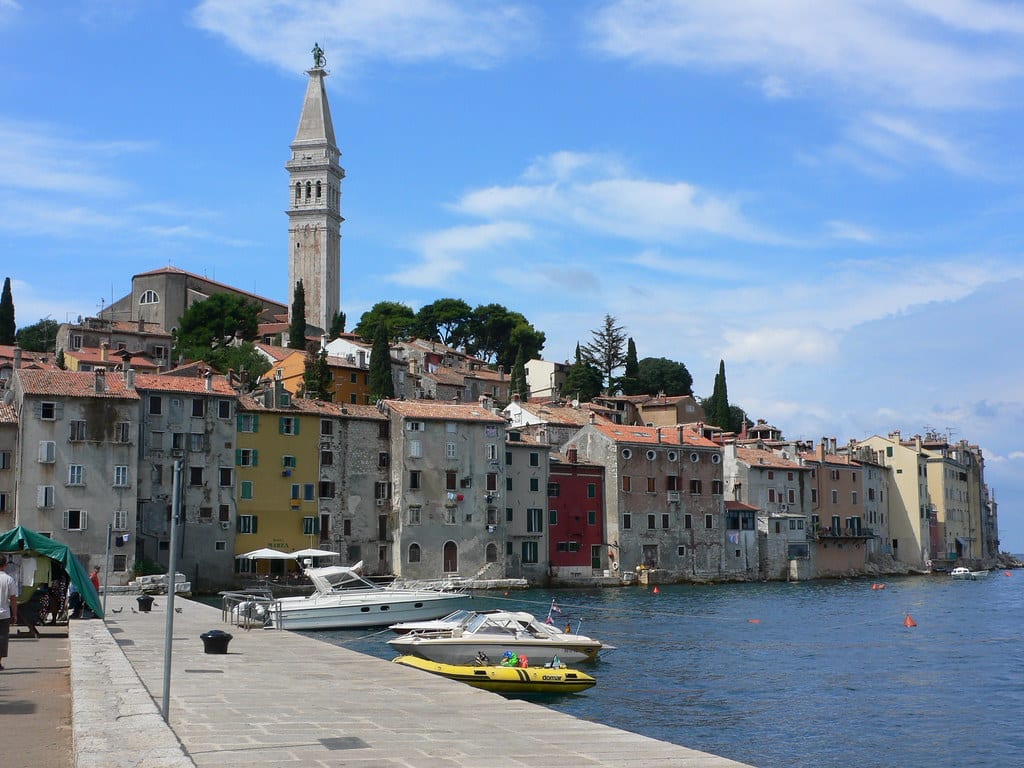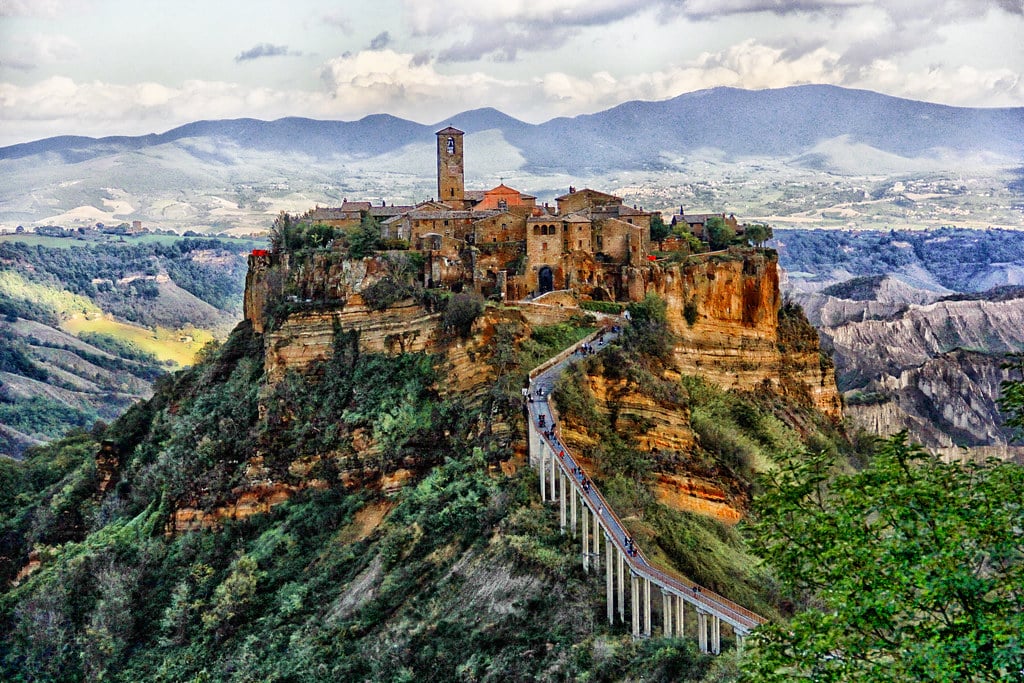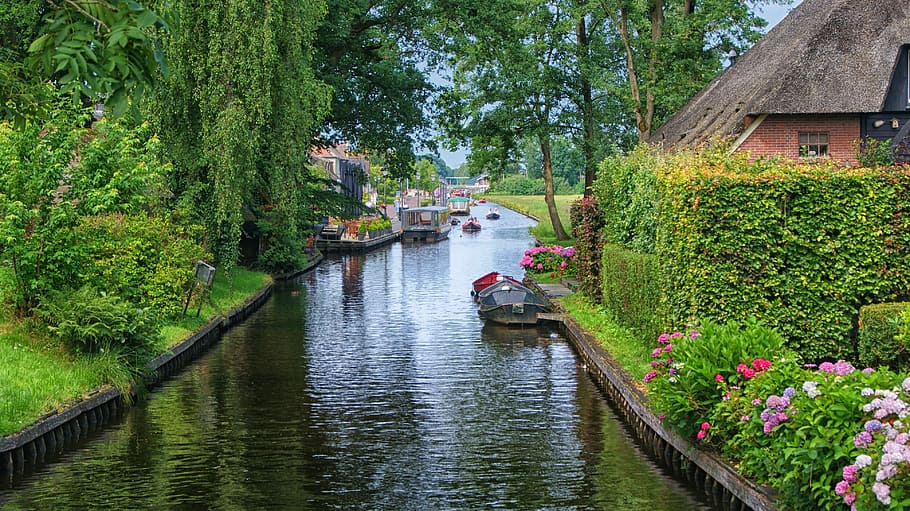European cities, known for their efficient public transport systems, are gradually embracing a revolutionary shift that aims to transform urban areas into car-free zones, reminiscent of a time when pedestrians and cyclists reigned supreme. This progressive movement, taking root in municipalities both large and small, seeks to reimagine public spaces by prioritizing human mobility and sustainable modes of transportation. From historical hubs to modern metropolises, these cities are rewriting the narrative of urban living, offering a glimpse into a future where car traffic becomes a thing of the past.
Pontevedra, Spain
In 1999, Mayor Miguel Anxo Fernandez Lores ignited a transformation that turned Pontevedra, Spain, into a beacon of pedestrianization success. With an unwavering commitment to change, the city of 80,000 residents has seen remarkable safety improvements, recording its last traffic-related death in 2011 – a testament to its status as one of Spain’s safest towns for pedestrians.
Venice, Italy
Renowned for its enchanting canals and historic charm, Venice’s narrow streets have never accommodated cars. In fact, the absence of automobiles has made Venice Europe’s largest pedestrian-only urban space, an unparalleled sanctuary that captures the essence of a car-free existence.
Giethroon, Netherlands
Taking the concept of car-free living to the next level, Giethroon, known as the “Dutch Venice,” has created a road-free village where transportation is exclusively by boat along intricate waterways. This charming hamlet showcases the harmony between beauty and sustainability, providing a serene environment free from the noise of engines.
Oslo, Norway
Oslo has been at the forefront of adapting to changing urban dynamics. By reducing parking spaces and expanding bike lanes, the city is gradually discouraging car usage while simultaneously embracing alternative modes of transportation. It has set the precedent for improved safety and connectivity by removing cars from significant city areas and enhancing proximity to schools and residences.

Ghent, Belgium
Since its inception in 1996, Ghent’s car-free initiative has transformed the city into a cyclist’s haven. The implementation of car-free zones, coupled with a 25% increase in cycling, has revitalized market clusters and catalyzed a shift towards greener transportation.
Hallstatt, Austria
Known for its undeniable charm, Hallstatt’s picturesque beauty is accentuated by its car-free status. The town’s hilltop location enhances its fairy-tale ambiance, preserved for centuries by designating pedestrian-only pathways.
Rovinj, Croatia
Rovinj stands as Croatia’s largest pedestrian zone. Its cobblestone streets and alleys are free from the intrusion of cars, allowing visitors to indulge in the medieval town’s captivating allure.

Louvain-la-Neuve, Belgium
Constructed in 1969 to host the Catholic University of Louvain-la-Neuve, this innovative town embraces car-free living. Visitors arriving by car are directed to park underground, promoting a walkable and sustainable urban experience.
Obidos, Portugal
The walled town of Obidos echoes history’s wisdom by preserving its charm through the absence of cars. Its focus on preserving its heritage has resulted in a car-free center, while peripheral parking areas accommodate visitors, ensuring that the heart of the town remains a sanctuary for pedestrians.
Loutro, Greece
Tucked away on the southern coast of western Crete, Greece’s largest island, lies the tranquil enclave of Loutro. This hidden gem is cradled within an azure cove, offering a serene escape from the bustling world. Accessible only by boat or foot, Loutro beckons the intrepid traveler, enticing them to embark on a journey of dedication and spirit. The isolated Sfakia region, to which Loutro belongs, has a storied history of independence and resilience, fostering a sense of community among its inhabitants.
Civita di Bagnoreggio
Contrasting this Mediterranean haven is Civita di Bagnoreggio, a hilltop town that could easily be plucked from the pages of a fairy tale. As if woven into the fabric of legends, this enchanting town’s food and resource supply system once relied on the steadfast companionship of donkeys. These rugged creatures were the sole conduit between Civita di Bagnoreggio and the outside world.

These European cities serve as inspiring examples of urban planning that prioritize people over vehicles, illustrating that car-free spaces can coexist with modern lifestyles. Their commitment to sustainability, safety, and communal well-being sets the stage for a more harmonious urban future.










